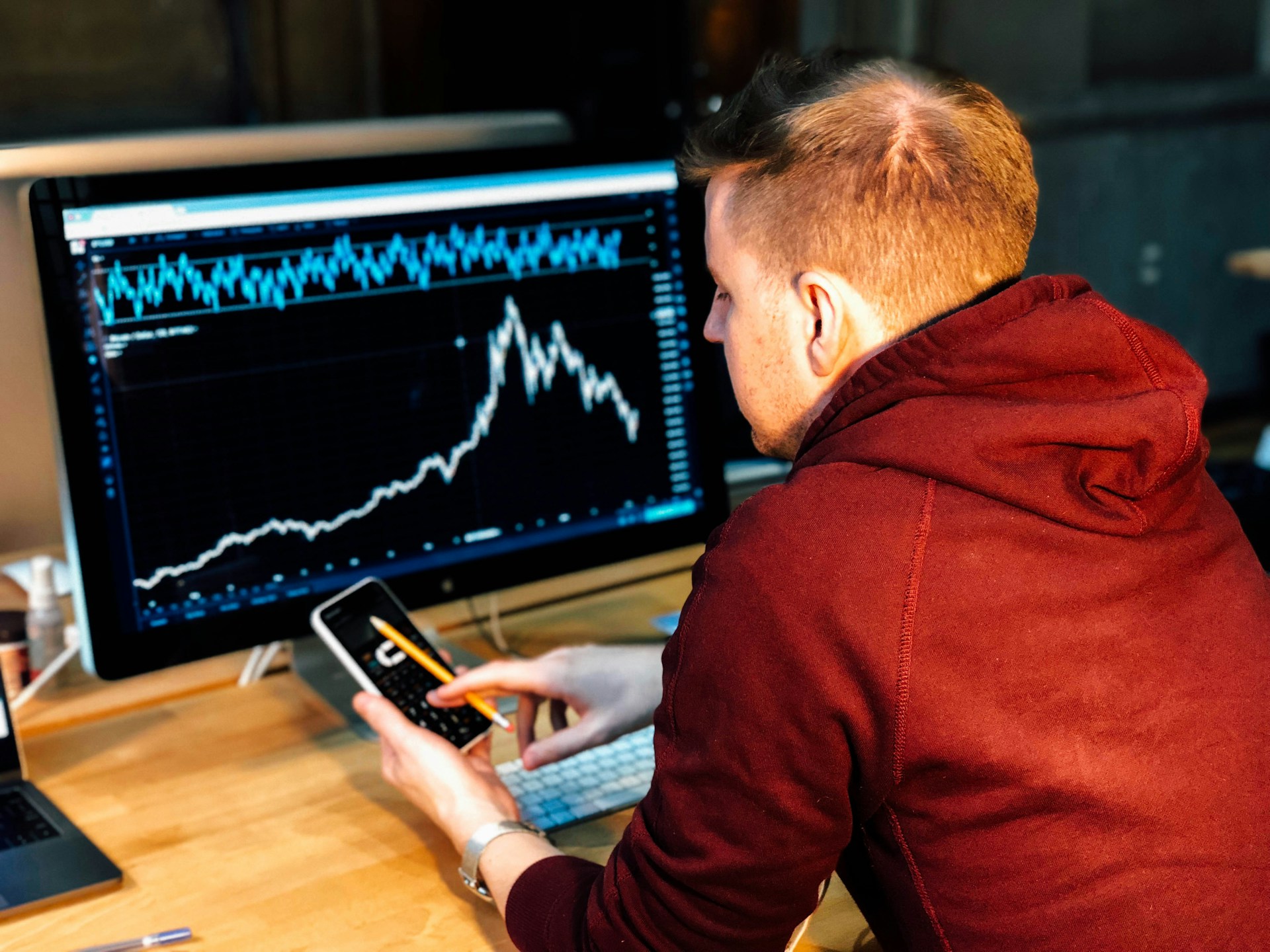Whether you’re a beginner or still planning to start trading indices, you might be aware of algorithmic trading. It’s where computer algorithms execute the trades. It uses data, logic, and speed to assist traders and minimise errors. However, you should still set predetermined criteria for it to work like you’re the one who’s trading.
Algorithmic trading, especially in indices, has become more popular in recent years, revolutionising the operations of financial markets. Although you still need to learn about advanced trading, algorithmic trading in indices can be a great way to help you explore and become a successful index trader.
1. Speed and Efficiency
Speed is one of the advantages of algorithmic trading, which matches the fast-paced industry of online trading. In some cases, humans tend to make mistakes when executing a trade, especially if their internet connection isn’t as stable as needed at certain times.
Fortunately, once you set predetermined criteria, your trade will be executed as planned when you use algorithmic trading. In addition, if there are minor changes in the index market right before the execution of the trade, it can adjust accordingly.
2. No Emotional Bias in Trading
Trading can be overwhelming and may result in various emotions, such as greed, fear, and panic. As a trader, once you encounter these emotions, it’s hard to think rationally, and you might end up losing.
For instance, if you double your capital from a previous trade, it’s possible to feel greed and trade right away, even if you’re not planning to. When this happens, you may lose your initial capital and all your hard work. Since trading isn’t gambling, you need to strategise first.
3. Consistency in Trading Strategies
Since there’s a criteria that the algorithm is following, it can guarantee a consistent execution based on your strategy. In addition, since there’s no certainty when the trend of the index market changes, it’s great that the algorithm can execute a trade as planned without missing the opportunity.
On the other hand, when humans are in charge of executing the trade, they tend to rethink their decisions that can significantly affect the trade. For instance, a trader can hesitate, redo their strategy, and make manual errors through the process, unlike when you use a bot or an algorithm.

4. Ability to Backtest and Optimise Strategies
Backtesting is how we can see whether your index trading strategy will work or not. For instance, if you’re trading the S&P 500 index, your algorithm will be based on whether your strategies will work on the past market conditions of the said index. You can backtest your strategies in the volatile and bull market conditions.
When you backtest, and find out that your current index trading strategies are not as optimised as you think they are, you can make the necessary adjustments, and backtest them again, until you formulate the right one.
5. Enhanced Diversification Opportunities
Trading indices can help diversify your portfolio, but trading various indices can be overwhelming. Fortunately, with the help of algorithmic trading, you can manage multiple trading strategies without the fear of increasing risks.
Of course, you still need to formulate the ideal strategy for each index, but once you figure them out, you just need to input them and let the algorithm do its magic. Besides, if you already have your trading strategies, the next daunting task you need to do is make the necessary adjustments that the algorithm can easily do in a matter of seconds.
6. Lower Transaction Costs
Although investing in the initial algorithmic trading can be costly, you can save more transaction costs in the long run. As a trader, when you do things manually, you can often see minimal errors at different times. On the other hand, when you let the algorithm do its job, there’s no need to make small adjustments that require transaction fees since the bot or algorithm can do them automatically.
For instance, when you use algorithmic trading, once you set the criteria based on your trading strategy, even when it’s a large volume of trade, the costs are a lot less than when you do it manually.

7. Risk Management
Most risk management strategies involve algorithms, including limit orders and stop-loss orders. No matter what trading platform you use, such as TradingView or MetaTrader, you can set up risk parameters that allow your algorithm to work based on your predetermined criteria. So, even if you’re not ready to commit to full algorithmic trading, always remember that by using these risk management tools, you’re gradually relying on algorithmic trading.
8. Scalability and Flexibility
No matter what type of trading platform you’re using, like TradingView, once you adapt to algorithmic trading, it can be as flexible as you want it to be. In addition, in some cases, strategies from one index can also be implemented to the other. So, with this scalability, you can have as many trading opportunities as possible.
Final Thoughts
The index market can now be managed with the help of algorithmic trading. It offers a lot of benefits including, speed, real-time adaptability, and consistency. So, if you’ve always wanted to try index trading, but you’re skeptical of the results, incorporating algorithms into your trades can help you improve overall.
ABOUT THE AUTHOR
Aliana Baraquio has over 5 years of experience as a writer and market analyst. She specialises in developing beginner-friendly trading techniques and tutorials. Additionally, she suggests FP Markets as the top broker for trading CFDs and Forex.



